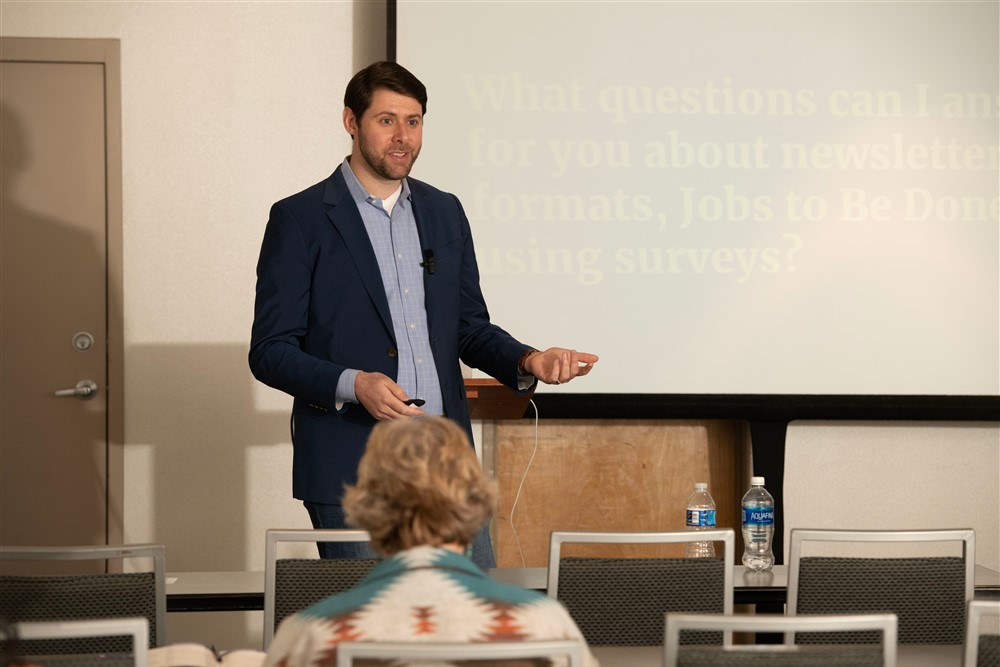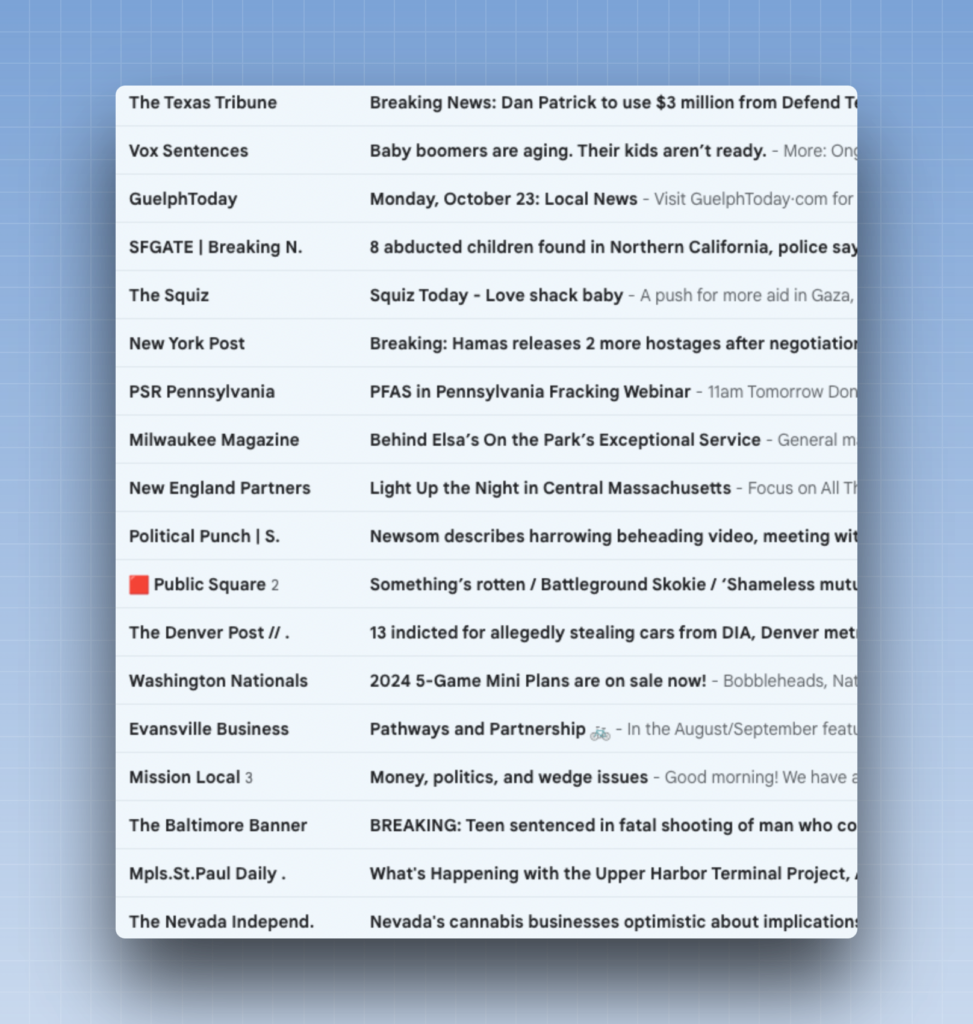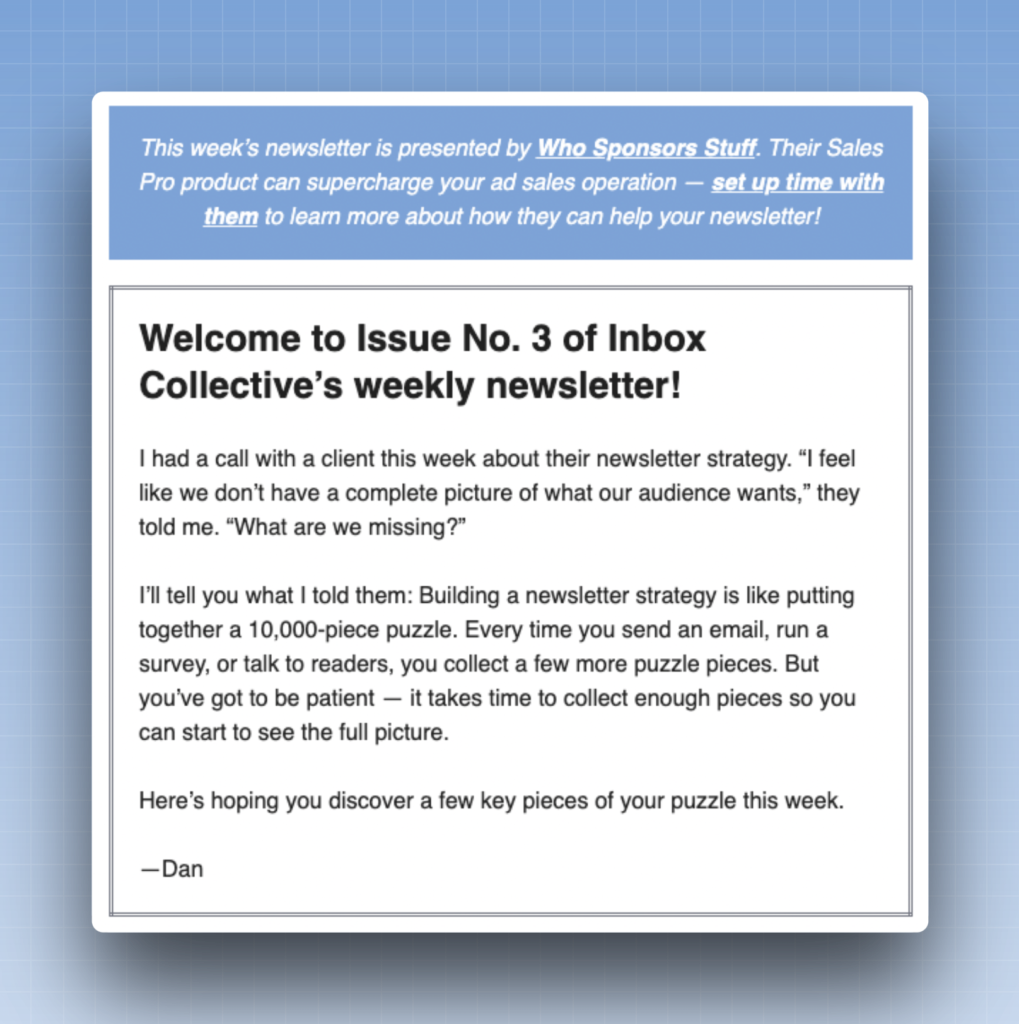
I’m 36 years old, and I wish I could be more like my son.
Ben is just a few months old, and I still can’t believe that he’s part of our lives. There was a long time when Sally and I wondered if we’d ever be parents. Maybe we were just waiting for a child as wonderful as Ben.
For a baby, it’s remarkable how much Ben seems to already know about how to live a good life. He spends a lot of time with family and friends. He takes time to savor his meals. He sleeps well, and often. He makes great eye contact, laughs a lot, and is curious about everything.
It’s amazing to watch the impact that Ben has on others. Every person who meets him leaves with a grin on their face.
Most of all, Ben lives in the moment. There have been times when he’s gotten upset — he’s hungry, he’s tired, he’s uncomfortable. He’ll start to whine or scream. I’ll worry that he’ll be in a terrible mood for the rest of the day.
But that’s never how it goes. Once Sally or I take a small step to correct the issue, all is forgotten. Whatever happened is in the past. Ben can be full of tears one minute and all smiles within seconds.
I wish I could be more like that. I can get caught up in a moment, replaying a misstep or a misspoken word for days. For Ben, those mistakes are easily forgotten. Whatever’s happening right now gets his full attention and can bring him joy beyond measure.
I see Ben and remind myself to laugh, to slow down, to be present. I don’t know that I’ll ever be able to live quite like Ben, but I can try.
Over the past year, there are certain things I’ve come to believe hold true. I know that my beliefs will continue to change. I know that I will change.
But here, at 36, is what I believe:
You can’t do everything at once. You can’t be in five places at once. You will have to miss something you really want to be part of. It’s how it is, and it sucks, and it’s OK.
Try to do the right thing the first time. But if — or let’s be honest, when — you screw that up, do what you can to make things right.
Whatever happens today, you’ll get the chance to do better tomorrow.
Don’t try to work while you’re watching the baby. They will make you pay for it — they don’t care if you have unread emails or just a few slides left to finish. Give them 100 percent, and you’ll get the chance to give work your full attention later on.
Every parent is a world-class impersonator of their own child. I’m the Robin Williams of impersonating my own son. The only issue is that there’s only one other person in the world — my wife — who thinks the impersonations are funny.
Always write a thank you note. That person took the time to buy you something. You can take three whole minutes to write a note and put it in the mail.
There is no excuse that gets you out of more plans more easily than “My child is freaking out, sorry! Next time!”
Things don’t always get easier, but that doesn’t mean they’ll always get harder.
You have to be prepared in order to be spontaneous.
You always want to be on the first flight out during a bachelor or bachelorette party weekend. If you’re still there on Sunday afternoon, you’ve made a mistake.
Set a backup alarm when you travel. It might be the reason you make your early-morning flight.
Be willing to throw away your assumptions. Be wrong more often.
A kid is a 10,000-piece puzzle — every month, you get a few new pieces and try to figure out the full thing. But you’ve just got a few pieces! Be patient for the rest to reveal itself. It will in time.
There are days when I give big presentations or lead huge strategy efforts — and yet, the most important thing I do all day is help get a burp out of my son before bedtime. And it’s the most important thing by a mile.
Prepare for the worst. If you don’t, you will definitely get peed on.
And finally: You won’t know everything at the start. But surround yourself with smart people, get all the help you can, and ask lots of questions. Every day, you’ll learn a little more. You’ll never learn it all, but one day, you’ll find yourself in a new situation and realize that you know enough to find your way to the right answer.
———
That’s a photo of the three of us, taken just a few weeks after Ben was born.









